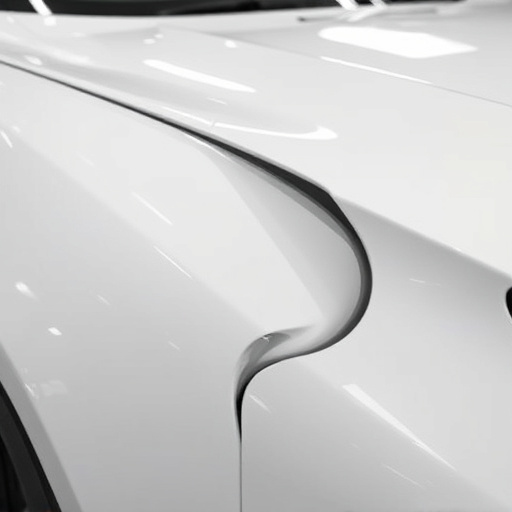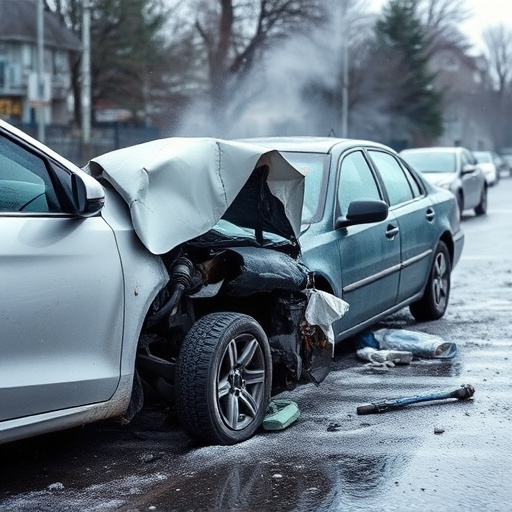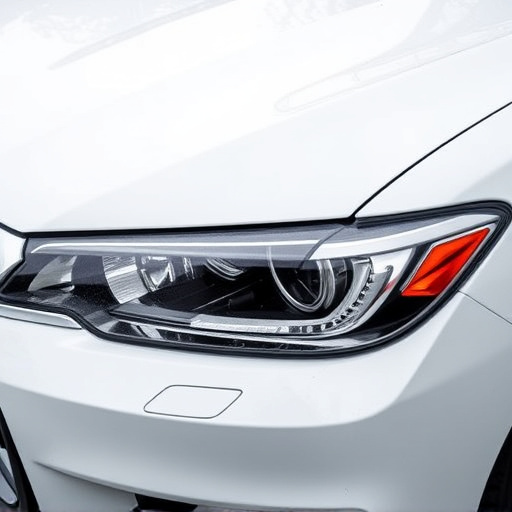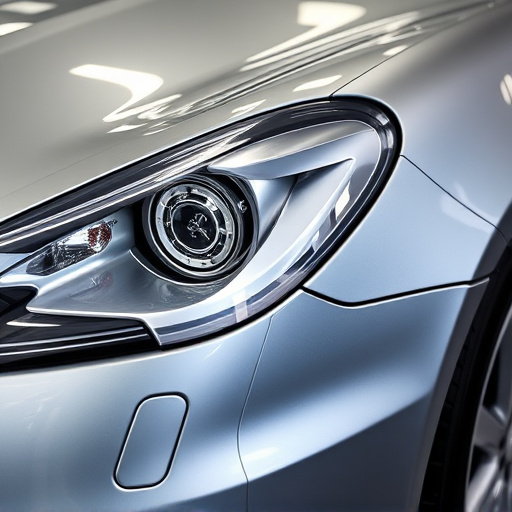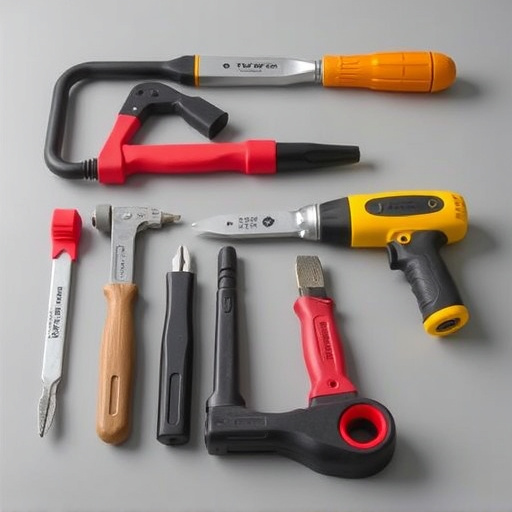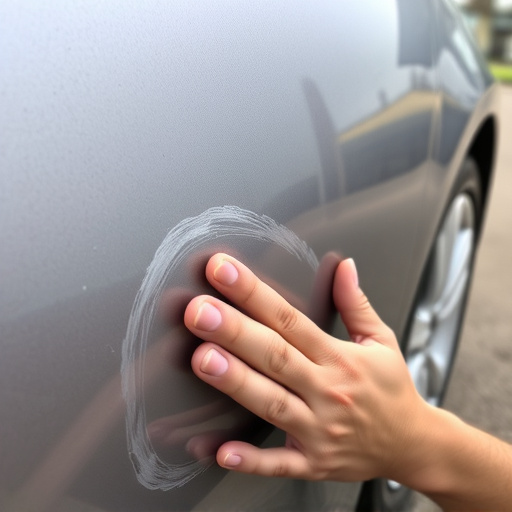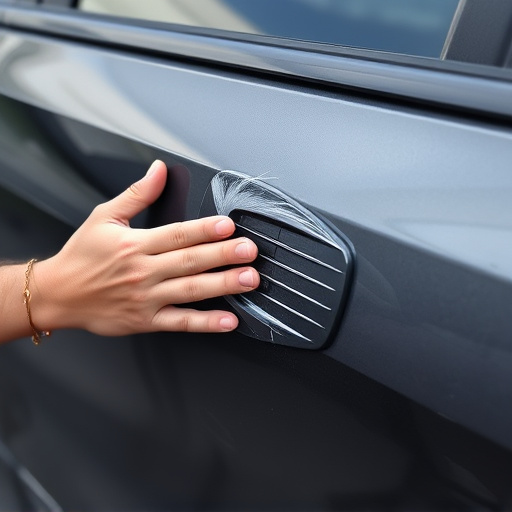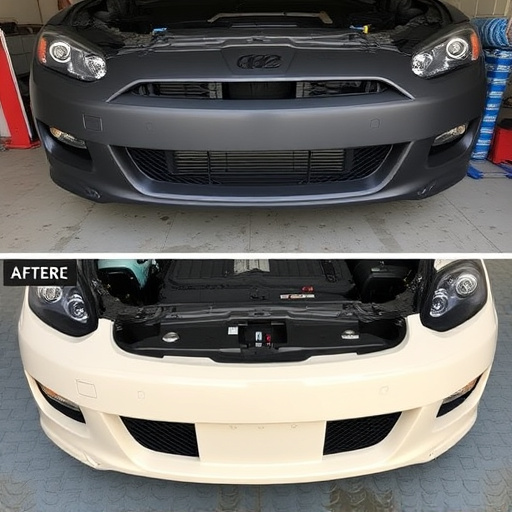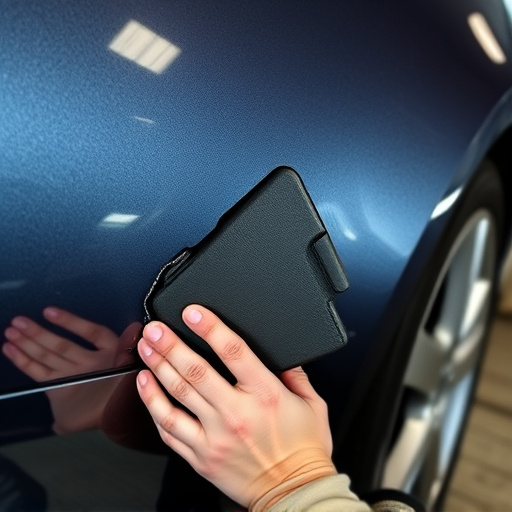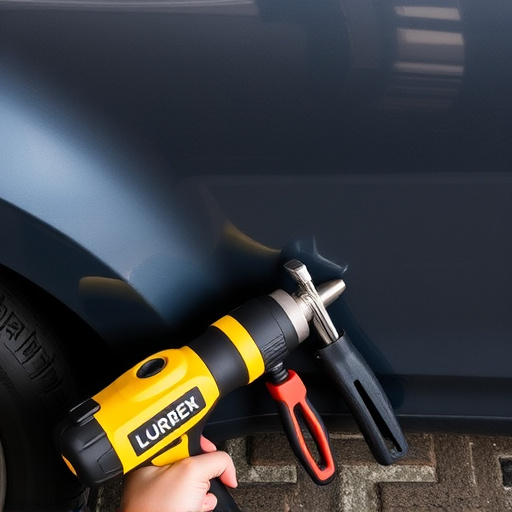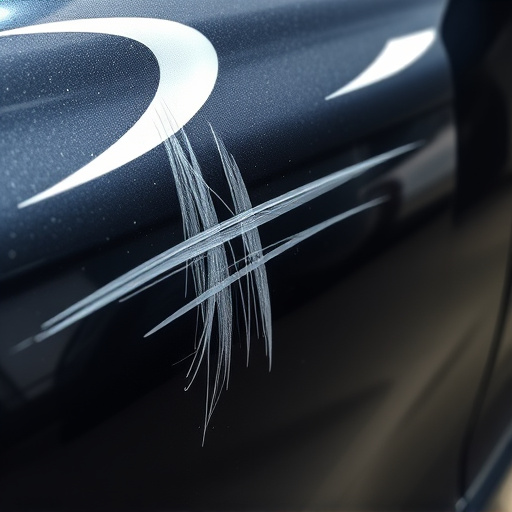Using OEM-certified replacement parts for collision repairs offers numerous advantages: precise fitting, superior quality, compatibility with specific systems, reduced risk of damage, minimized downtime, and cost-effectiveness. This guide provides a step-by-step process leveraging these parts from reputable suppliers, ensuring structural integrity, optimal performance, and safety throughout the repair process.
Looking for seamless collision repair solutions? Consider OEM-certified replacement parts—the key to quality and efficiency. This comprehensive guide delves into the advantages of using certified components, ensuring top-tier performance and original equipment compatibility. From understanding the certifying process to streamlining repair workflows, we explore how these parts benefit both repair shops and vehicle owners.
- Understanding OEM-Certified Parts: Quality Assured
- Benefits of Using Certified Replacement Components
- Streamlining Collision Repairs: A Step-by-Step Guide
Understanding OEM-Certified Parts: Quality Assured
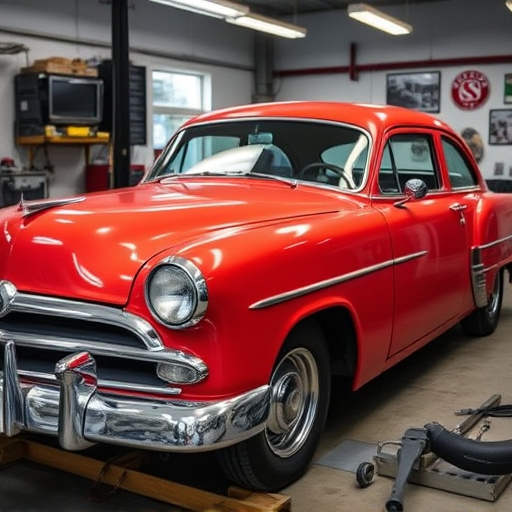
OEM-certified replacement parts are the gold standard for seamless collision repairs. These parts are designed and manufactured to exact original equipment manufacturer (OEM) specifications, ensuring a perfect fit and superior quality. When a vehicle experiences a fender bender or any other minor accident, using OEM-certified parts is crucial for maintaining the integrity and safety of the vehicle. Unlike after-market or generic substitutes, these parts undergo rigorous testing and quality assurance procedures to guarantee their durability and performance.
Choosing OEM-certified parts can significantly streamline the repair process in a vehicle body shop. They are crafted with the same high-quality materials as the original components, reducing the risk of future issues like rust, wear, or failure. Moreover, using authentic OEM parts ensures that the vehicle’s warranty remains intact, providing peace of mind for car owners who have invested in top-tier repairs after a scratch repair or minor collision.
Benefits of Using Certified Replacement Components
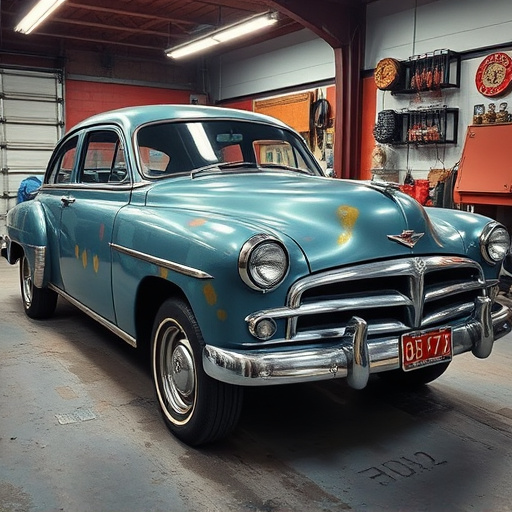
Using OEM-certified replacement parts offers significant advantages for collision repairs, ensuring superior quality and performance. These original equipment manufacturer components are designed to perfectly match the make and model of a vehicle, providing an exact fit that promotes seamless integration with the existing structure. This precision is especially beneficial for complex tasks like paintless dent repair and car scratch repair, where even minor misalignments can impact the final finish.
Moreover, OEM parts guarantee compatibility with specific vehicle systems and models, ensuring they meet the manufacturer’s standards for safety and reliability. For fleet repair services, this level of quality control is crucial, as it reduces the risk of further damage, minimizes downtime for vehicles in service, and promotes cost-effectiveness through longer-lasting repairs.
Streamlining Collision Repairs: A Step-by-Step Guide
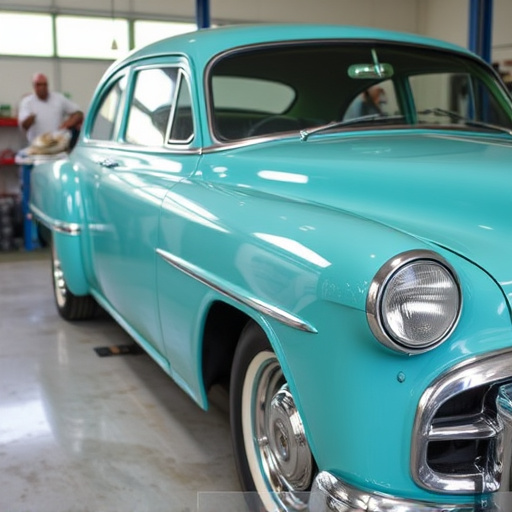
In today’s digital era, streamlining collision repairs is a top priority for both automotive professionals and vehicle owners. The use of OEM-certified replacement parts plays a pivotal role in achieving seamless and efficient repairs. Here’s a step-by-step guide to help navigate this process effectively.
First, assess the extent of the damage through comprehensive diagnostics. This includes examining the car’s bodywork, tires, and other components for any signs of wear or impairment. Once identified, create a detailed list of required OEM-certified parts, ensuring compatibility with your vehicle model. Next, source these parts from reputable suppliers specializing in high-quality replacements. Many offer extensive catalogs covering various makes and models, including hard-to-find components. After gathering all necessary parts, schedule the repair with a qualified technician. Effective communication about the parts list ensures a smooth process. Finally, during the repair, replace each component with its OEM-certified equivalent, following manufacturer guidelines for proper installation and alignment. This meticulous approach guarantees not just structural integrity but also optimal performance and safety in vehicle collision repair.
OEM-certified replacement parts are the key to achieving seamless collision repairs, ensuring both quality and efficiency. By utilizing these parts, auto body shops can streamline their processes, reduce repair times, and provide customers with superior results. The benefits are clear: enhanced safety, better performance, and a cost-effective solution that stands the test of time. With this guide and an understanding of OEM certification, professionals can now offer top-tier collision repair services that meet modern standards.
